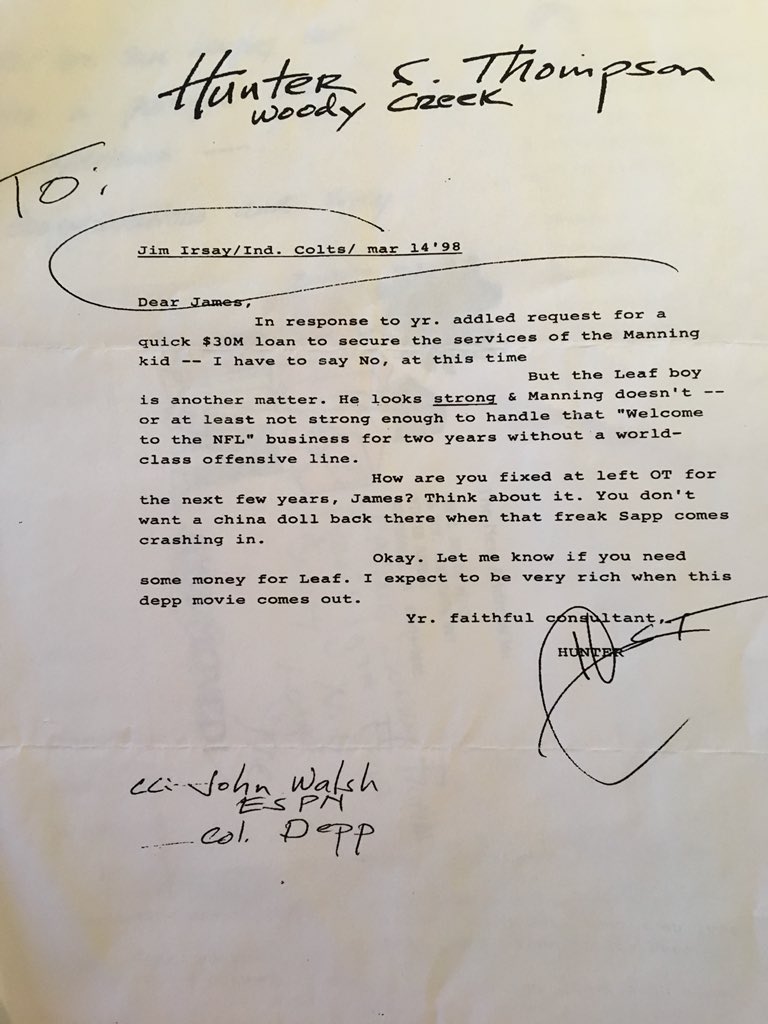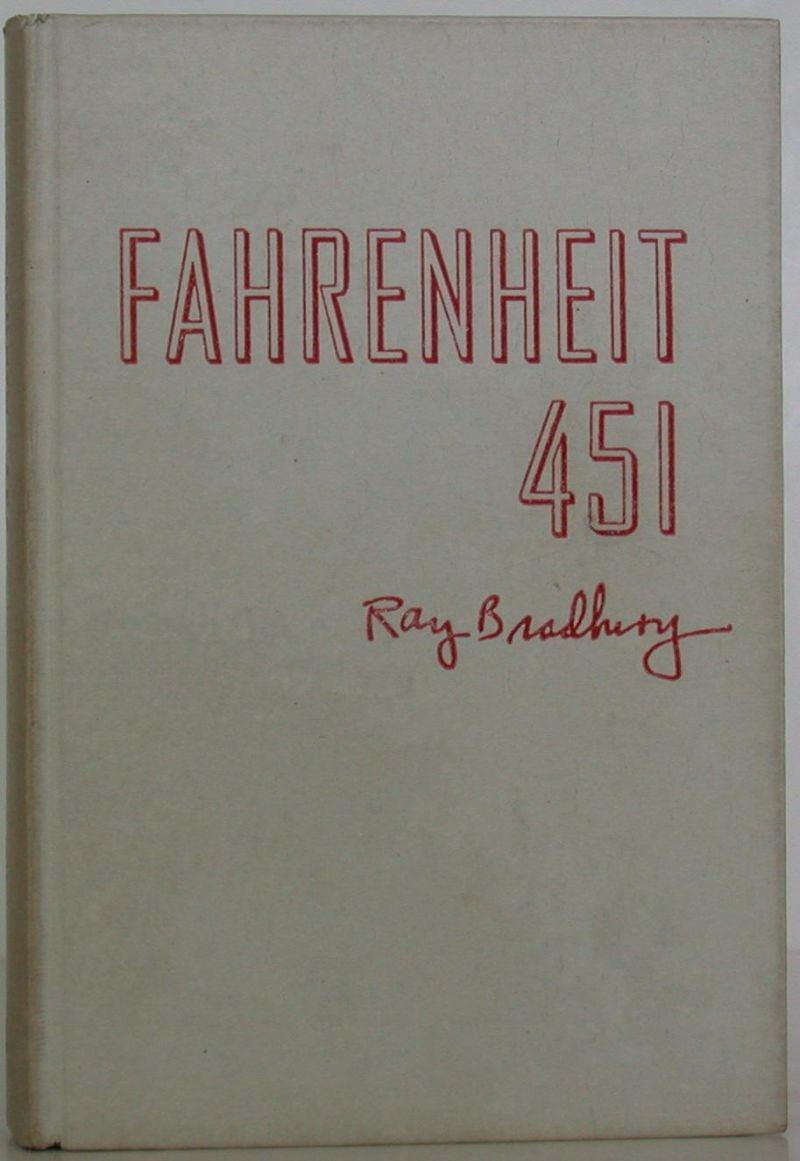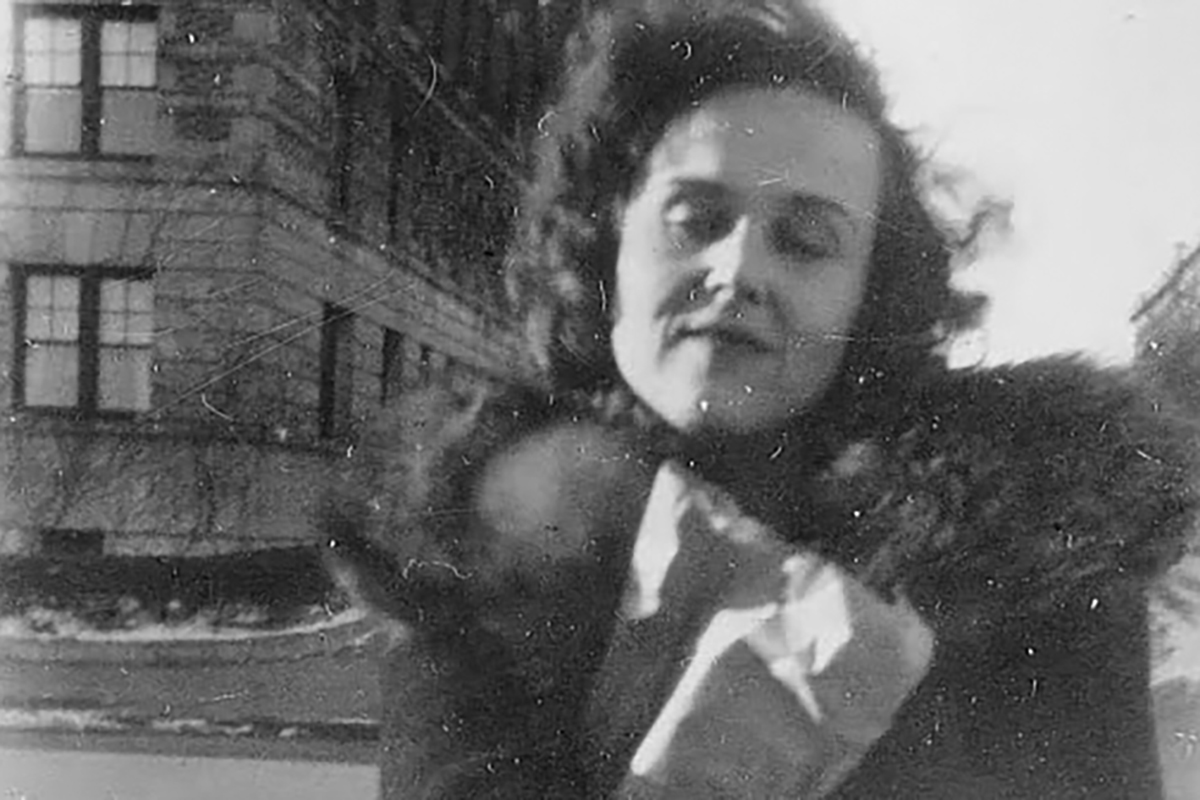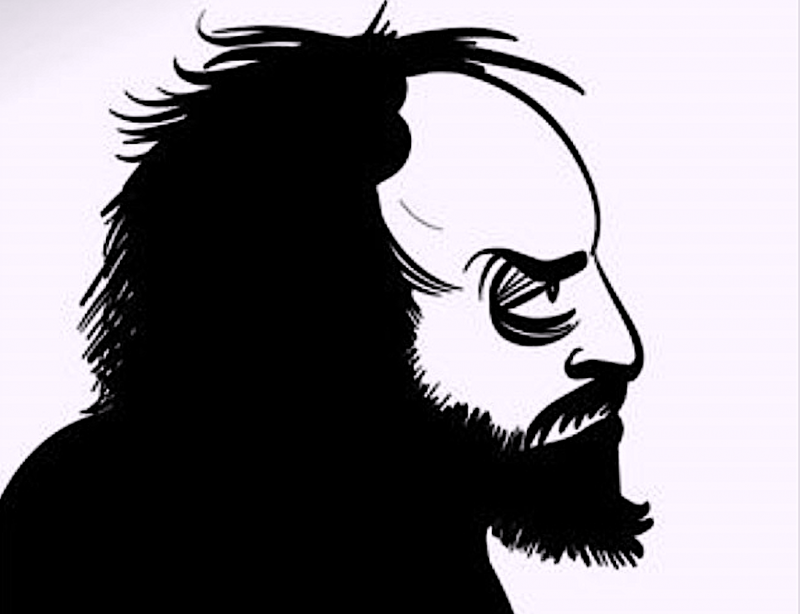In her landmark study The Body in Pain, Elaine Scarry describes “the annihilating power of pain,” which is “visible in the simple fact of experience observed by Karl Marx, ‘There is only one antidote to mental suffering, and that is physical pain.’” Marx’s comment defines a class distinction between types of pain: that of the overtaxed body of the worker and the mind of the bourgeois subject with the liberty for morbid self-reflection. His pronouncement, Scarry writes, is “only slightly distorted in Oscar Wilde’s ‘God spare me physical pain and I’ll take care of the moral pain myself,’” a somewhat glib admission of the relative privilege of mental suffering in comparison to torture.
This distinction becomes even more pronounced in later reflections, such as ultra-conservative German writer and WWI war hero Ernst Jünger’s Nietzschean 1934 essay “On Pain,” which asks, “what role does pain play in the new race we have called the worker that is now making its appearance on the historical stage?” Physical pain, writes Jünger is one of “several great and unalterable dimensions that show a man’s stature… the most difficult in a series of trials one is accustomed to call life…. Tell me your relation to pain, and I will tell you who you are!”
This idea of the sharpening effect of physical pain as an “antidote” or heroic trial distinct from mental suffering persists long into the 20th century when Freudian trauma studies, the diagnosis of PTSD in veterans, and the work of psychiatrists like Bessel Van Der Kolk begins to collapse the categories and unite the suffering of mind and body. The experiences of soldiers, prisoners, victims of abuse and assault, Holocaust survivors, enslaved people, etc. are then seen in a different light, as composed of emotional anguish as real as their physical suffering, which manifests somatically and in extreme cases even, perhaps, alters DNA.
Long before the paradigmatic shift in the recognition of trauma, Wilde, who had made light of “moral pain” in his aphorism, explored suffering in great depth in his De Profundis. Ostensibly an open letter to his lover Lord Alfred Douglass, Wilde penned the piece while imprisoned in Reading Jail from 1895–97 for “gross indecency.” While there, he endured both physical and psychological torment. As Ireland’s Raidió Teilifís Éireann writes:
Wilde was kept in total isolation, first in Pentonville and Wandsworth prisons. For the first month of his sentence, he was tethered to a treadmill six hours a day, with five minutes’ rest after every 20 minutes. At Reading Jail, to which he was moved in November 1895, he slept on a plank bed with no mattress and he was allowed only one hour’s exercise a day. He would walk in single file in the yard with other prisoners but was forbidden contact with them. Wilde slept little, was hungry all of the time, and suffered from dysentery during his incarceration.
During his two-year incarceration, his mother died. “I, once a lord of language,” he wrote, “have no words in which to express my anguish and shame.” Nonetheless, he found the words, a profusion of them, writes Max Nelson at The Paris Review, “petulant, vindictive, bathetic, indulgent, excessive, florid, massively arrogant, self-pitying, repetitive, showy, sentimental, and shrill,” searching, as he put it, to express “that mode of existence in which soul and body are one and indivisible: in which the outward is expressive of the inward: in which Form reveals.”
They were first published in 1905 in an edited version, and it is that version you can hear read—prefaced by a sung lament—above in a dolorous monotone by Patti Smith, who conveys with voice and body the tenor of Wilde’s prose. The letter, writes Wilde’s biographer Richard Ellmann, is “one of the greatest and the longest” love letters “ever written.” (See a scan of the original manuscript at the British Library site.)
The reading took place in the former chapel of Reading Jail in 2016, opened to the public for the first time “for an exhibition of art, writing and performance,” notes Artangel, sponsor of the event. We’ve previously featured a short excerpt of Smith’s reading. Above, you can see her full 3‑hour performance, complete with her own interjections and interactions with the audience. De Profundis begins with one of the most eloquent descriptions of deep depression in modern literature, an experience of paralysis that traps its sufferer in a mental prison of stuckness in time:
. . . Suffering is one very long moment. We cannot divide it by seasons. We can only record its moods, and chronicle their return. With us time itself does not progress. It revolves. It seems to circle round one centre of pain. The paralysing immobility of a life every circumstance of which is regulated after an unchangeable pattern, so that we eat and drink and lie down and pray, or kneel at least for prayer, according to the inflexible laws of an iron formula: this immobile quality, that makes each dreadful day in the very minutest detail like its brother, seems to communicate itself to those external forces the very essence of whose existence is ceaseless change. Of seed-time or harvest, of the reapers bending over the corn, or the grape gatherers threading through the vines, of the grass in the orchard made white with broken blossoms or strewn with fallen fruit: of these we know nothing and can know nothing.
For us there is only one season, the season of sorrow.
Read a later 1913 edition of Wilde’s letter here. The complete, unedited text was first published in 1962.
Related Content:
Patti Smith’s List of Favorite Books: From Rimbaud to Susan Sontag
Watch Patti Smith Read from Virginia Woolf, and Hear the Only Surviving Recording of Woolf’s Voice
Oscar Wilde Offers Practical Advice on the Writing Life in a Newly-Discovered Letter from 1890
900 Free Audio Books: Download Great Books for Free
Josh Jones is a writer and musician based in Durham, NC. Follow him at @jdmagness






